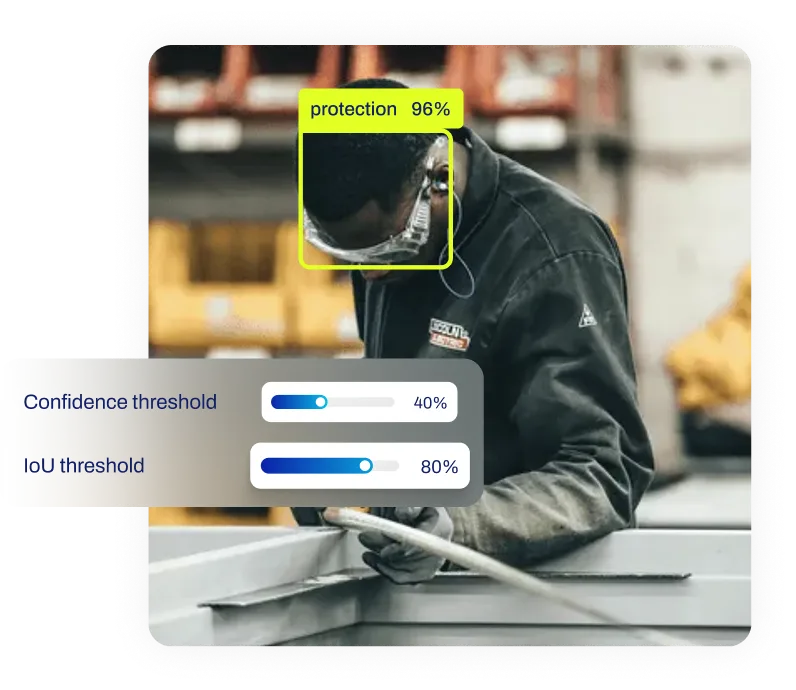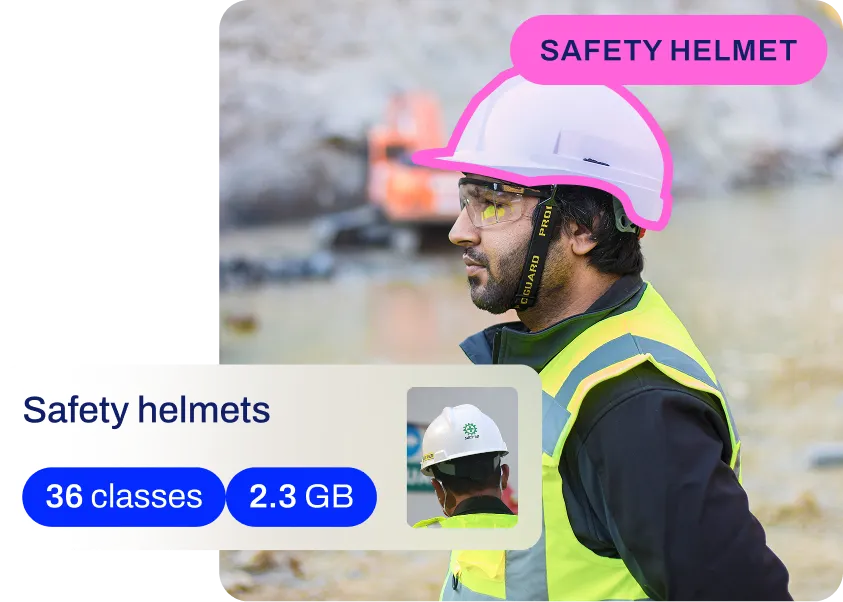t-distributed Stochastic Neighbor Embedding (t-SNE)
Explore t-SNE, a powerful technique for visualizing high-dimensional data. Learn its uses, benefits, and applications in AI and ML.
t-distributed Stochastic Neighbor Embedding (t-SNE) is a sophisticated, non-linear
dimensionality reduction technique
primarily used for exploring and visualizing high-dimensional data. Developed by Laurens van der Maaten and Geoffrey
Hinton, this statistical method allows researchers and
Machine Learning (ML) practitioners to project
complex datasets with hundreds or thousands of dimensions into a two-dimensional or three-dimensional space. Unlike
linear methods, t-SNE excels at preserving the local structure of the data, making it exceptionally useful for
data visualization tasks where identifying
clusters and relationships between data points is crucial.
How t-SNE Works
The algorithm operates by converting similarities between data points into joint probabilities. In the original
high-dimensional space, t-SNE measures the similarity between points using a Gaussian distribution, where similar
objects have a high probability of being chosen as neighbors. It then attempts to map these points to a
lower-dimensional space (the "embedding") by minimizing the divergence between the probability distribution
of the original data and that of the embedded data. This process relies heavily on
unsupervised learning principles, as it finds
patterns without requiring labeled outputs.
A critical aspect of t-SNE is its ability to handle the "crowding problem" in visualization. By using a
heavy-tailed Student's t-distribution in the lower-dimensional map, it prevents points from overlapping too densely,
ensuring that distinct clusters remain visually
separable.
Applications in AI and ML
Visualizing high-dimensional data is a fundamental step in the
AI development lifecycle. t-SNE
provides intuition about how a model views data across various domains.
-
Computer Vision Feature Analysis: In
Computer Vision (CV), engineers often use
t-SNE to interpret what a
Deep Learning (DL) model has learned. For
example, by extracting the feature vectors (embeddings) from the backbone of a trained
YOLO11 model just before the final detection head, t-SNE
can project these vectors onto a 2D plane. If the model is performing well, images of similar objects (e.g., cars,
pedestrians, cyclists) will group together in distinct clusters, verifying the efficacy of the
feature extraction process.
-
Natural Language Processing (NLP): t-SNE is extensively used to visualize word
embeddings such as those generated by
GloVe or Transformer models. In these visualizations, words
with similar semantic meanings—like "king" and "queen"—appear as close neighbors. This helps
researchers understand the semantic relationships captured by
Natural Language Processing (NLP)
models and diagnose potential biases in the training data.
t-SNE vs. Related Techniques
It is important to distinguish t-SNE from other dimensionality reduction methods, as they serve different purposes in
a machine learning pipeline.
-
Principal Component Analysis (PCA):
PCA is a linear technique that
focuses on preserving the global variance of the data. While PCA is computationally faster and deterministic, it
often fails to capture complex, non-linear relationships. A common workflow involves using PCA to reduce raw data to
typically 30-50 dimensions, followed by t-SNE for the final visualization. This hybrid approach reduces noise and
computational load.
-
Autoencoders: An autoencoder is a
type of neural network trained to compress and
reconstruct data. While autoencoders can learn non-linear representations, t-SNE is specifically optimized for
plotting and visual inspection rather than data compression for storage or transmission.
Python Implementation Example
The following example demonstrates how to use the popular
Scikit-learn library to
visualize high-dimensional data. This snippet generates synthetic clusters and projects them into 2D space using
t-SNE.
import matplotlib.pyplot as plt
from sklearn.datasets import make_blobs
from sklearn.manifold import TSNE
# Generate synthetic high-dimensional data (100 samples, 50 features)
X, y = make_blobs(n_samples=100, n_features=50, centers=3, random_state=42)
# Apply t-SNE to reduce features from 50 to 2 dimensions
# Perplexity relates to the number of nearest neighbors to consider
tsne = TSNE(n_components=2, perplexity=30, random_state=42)
X_embedded = tsne.fit_transform(X)
# Visualize the projected 2D data
plt.scatter(X_embedded[:, 0], X_embedded[:, 1], c=y)
plt.title("t-SNE Visualization of Features")
plt.show()
Limitations and Best Practices
While powerful, t-SNE requires careful
hyperparameter tuning. The
"perplexity" parameter, which balances attention between local and global aspects of the data, can
drastically alter the resulting plot. Additionally, the algorithm is computationally expensive (O(N²) complexity),
making it slow for very large datasets compared to simple projection methods.
The distances between separated clusters in a t-SNE plot do not necessarily represent accurate physical distances in
the original space; they primarily indicate that the clusters are distinct. For interactive exploration of embeddings,
tools like the TensorFlow Embedding Projector are often used alongside
model training. As AI research advances toward YOLO26 and
other end-to-end architectures, interpreting these high-dimensional spaces remains a critical skill for validation and
model testing.










.webp)